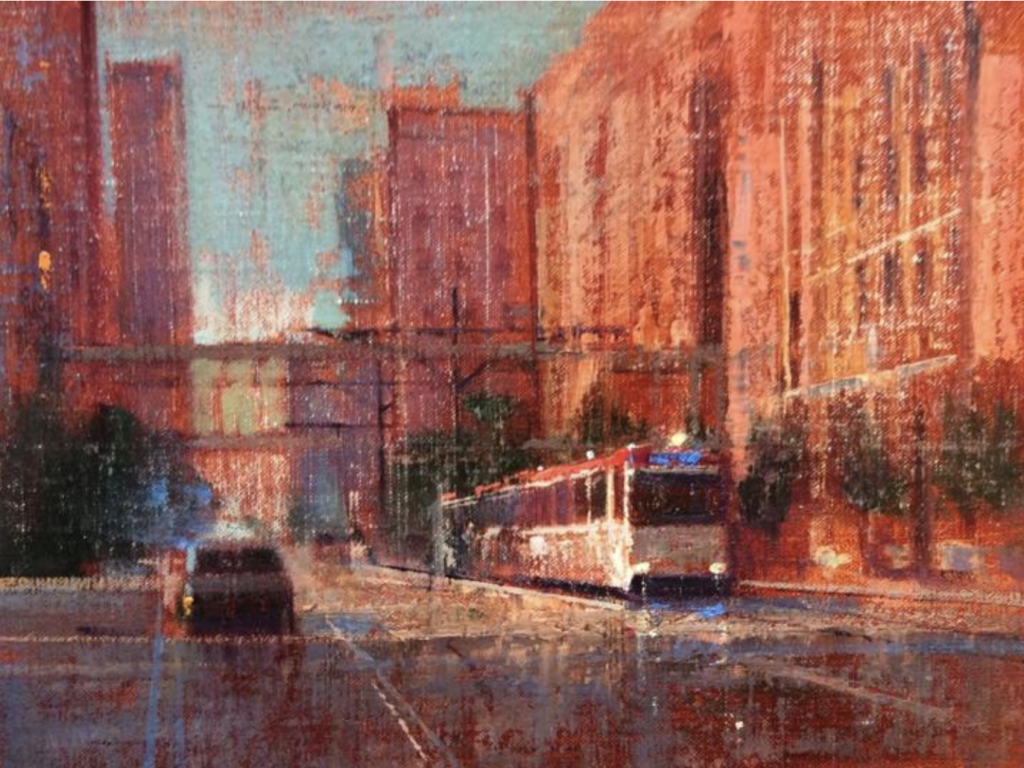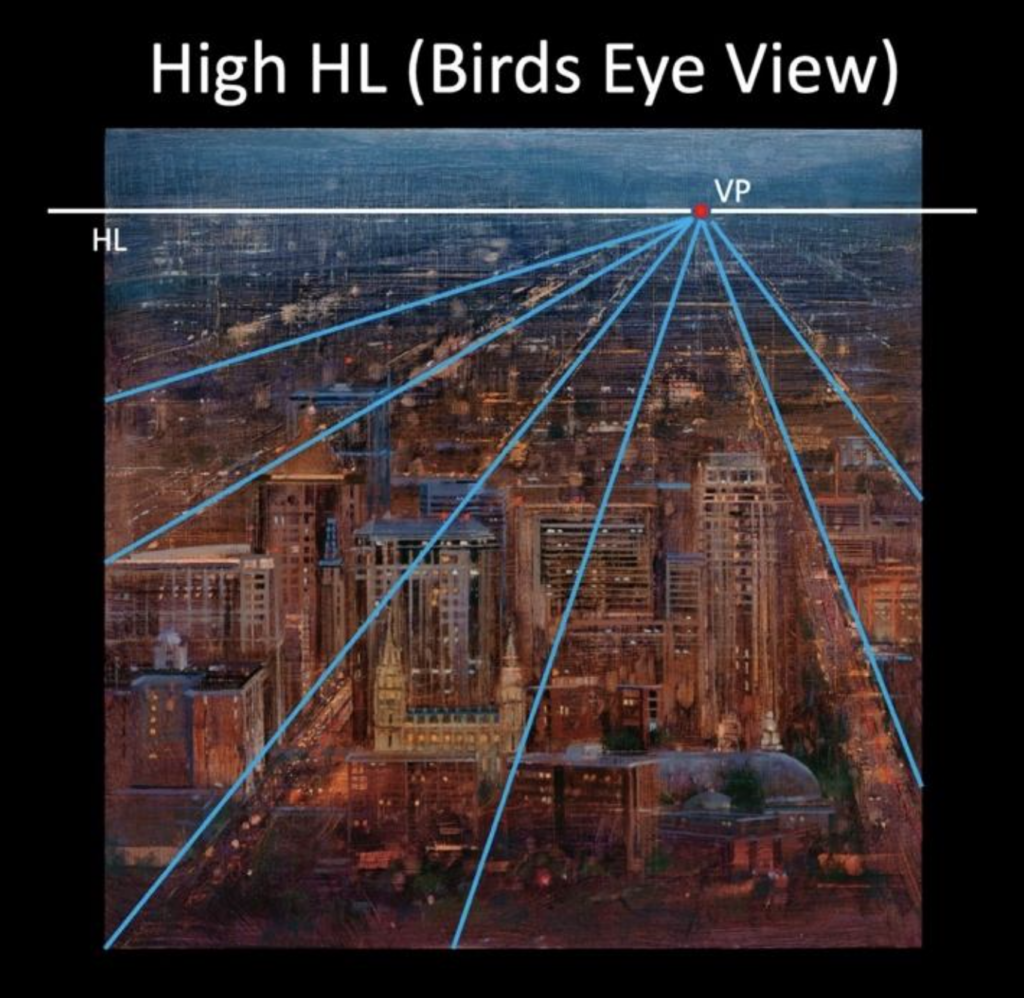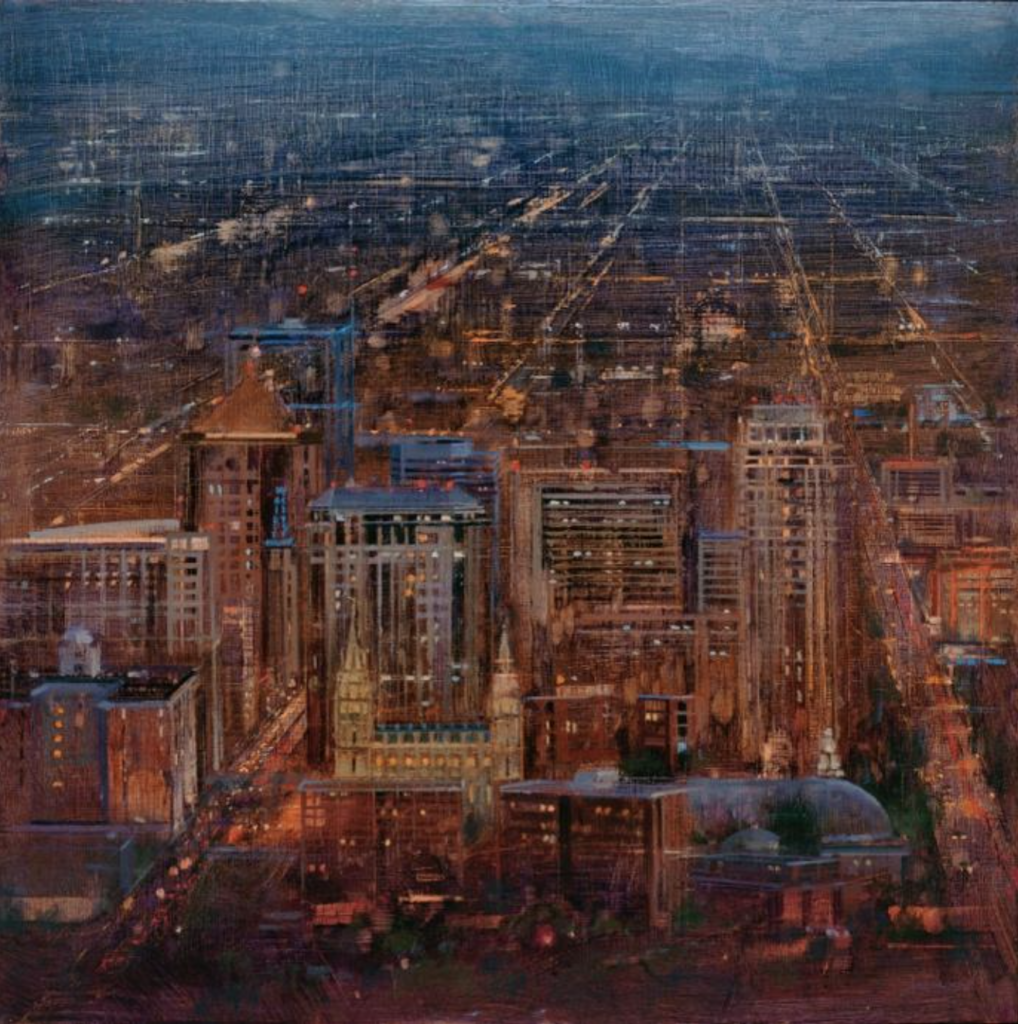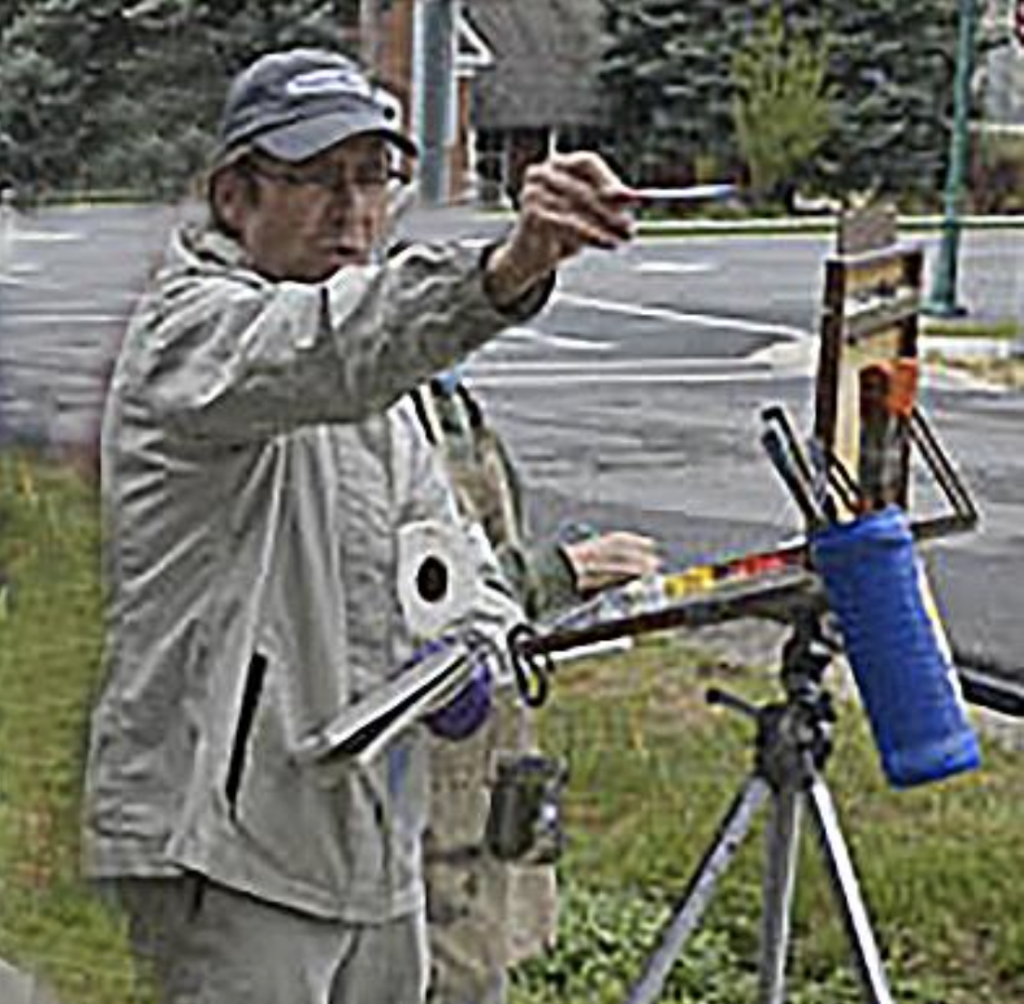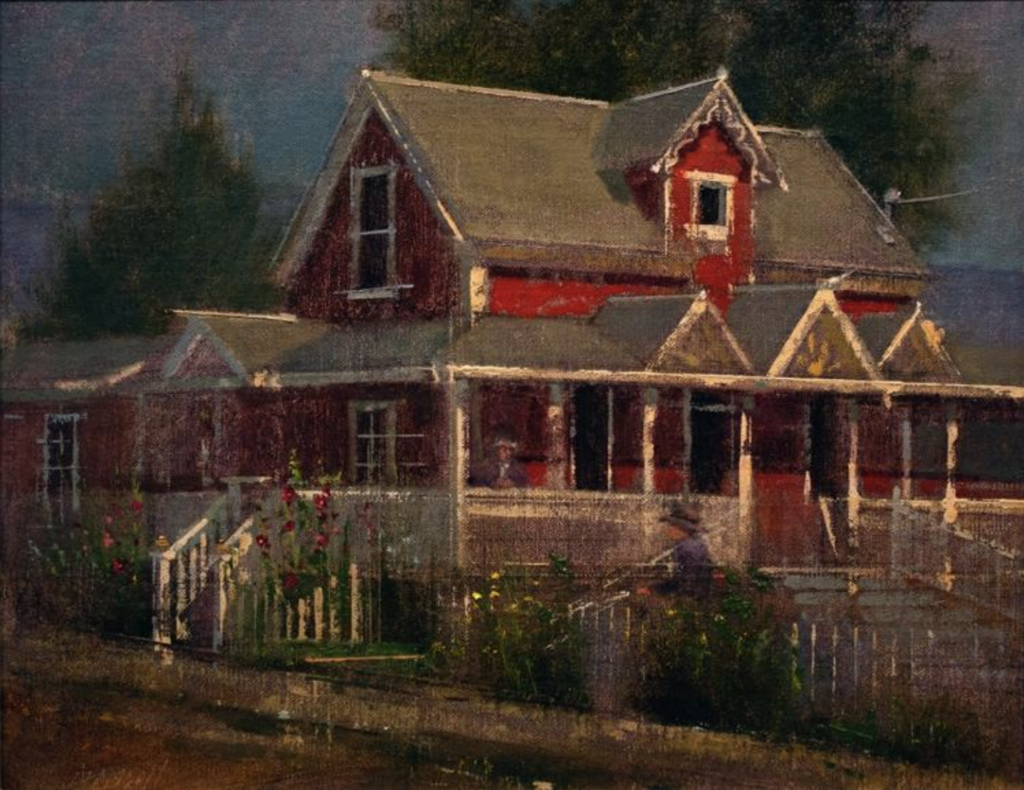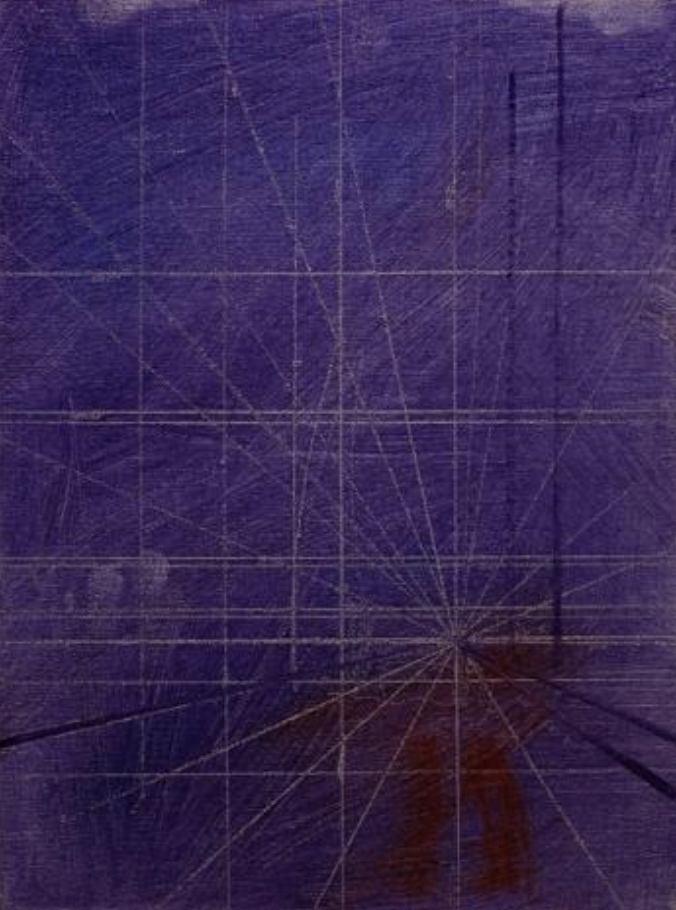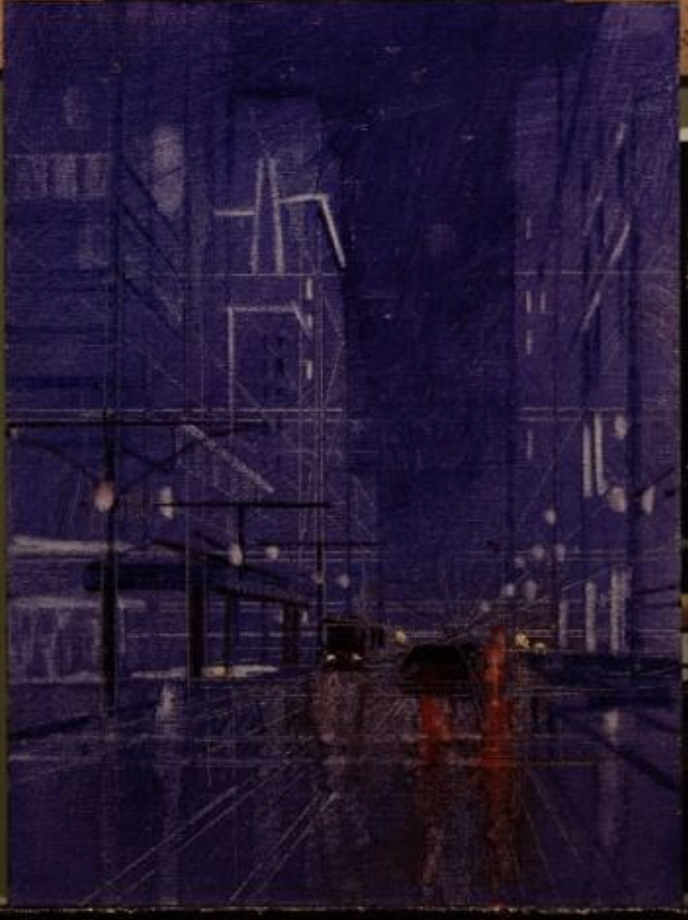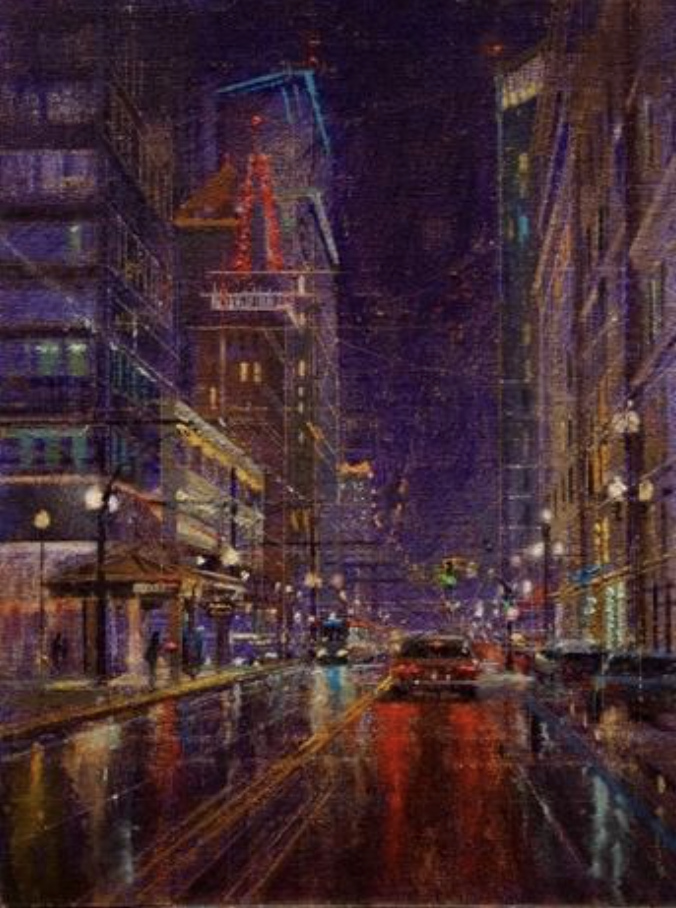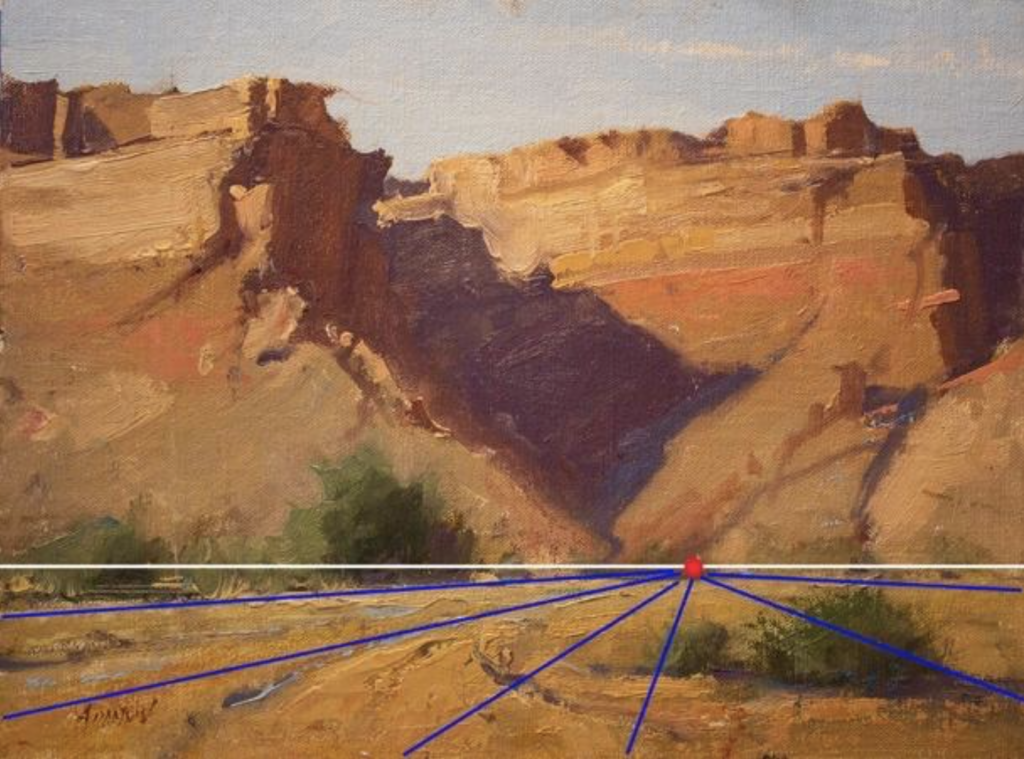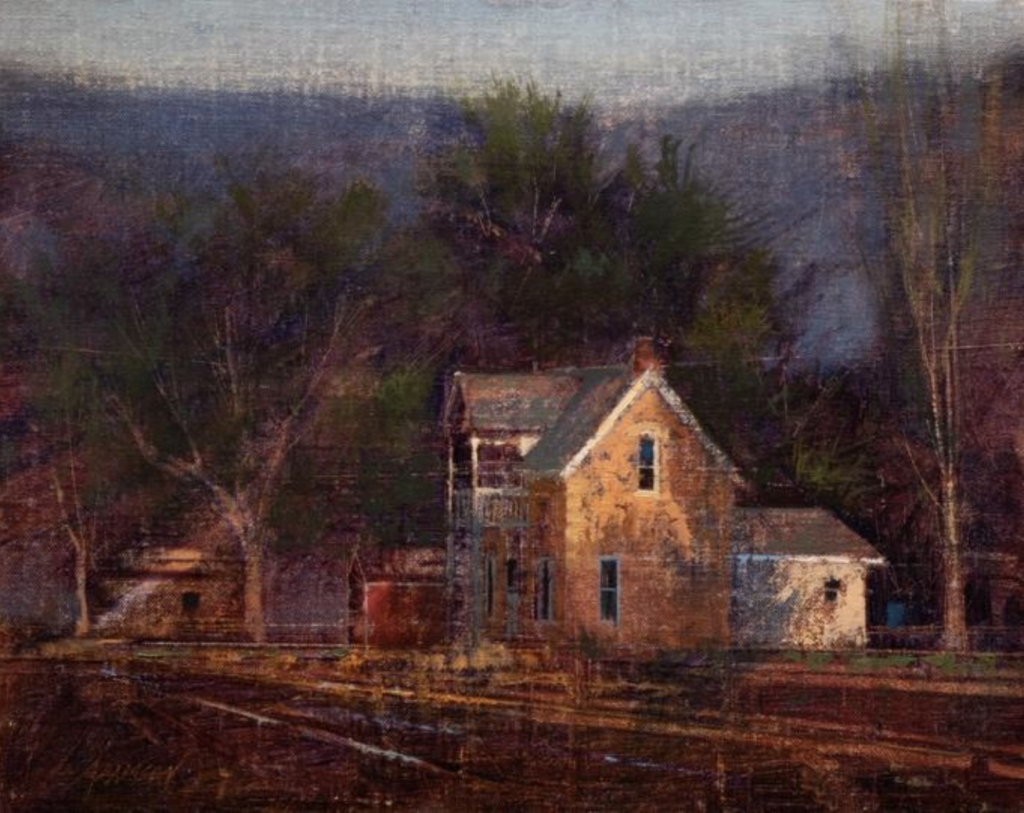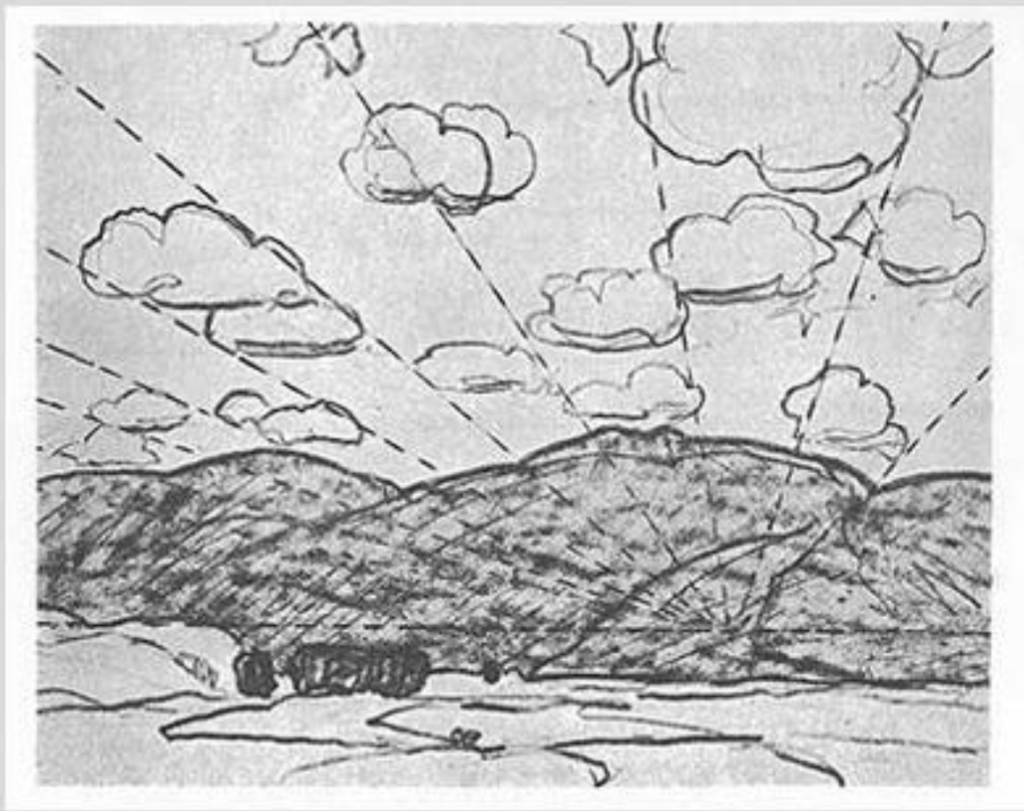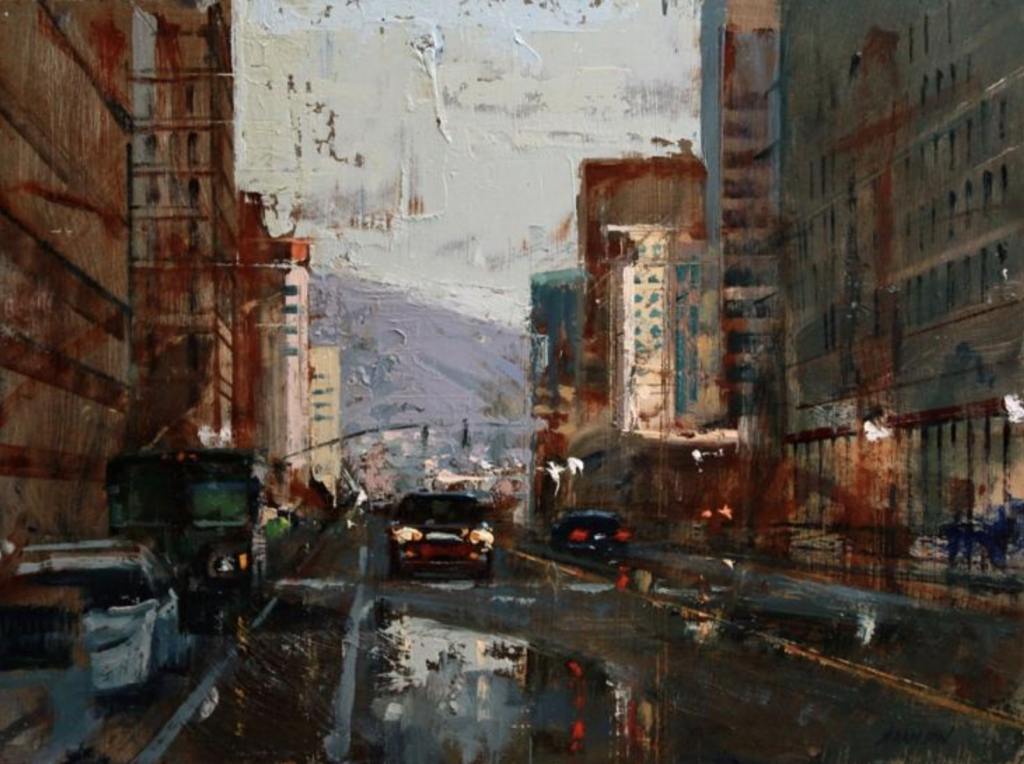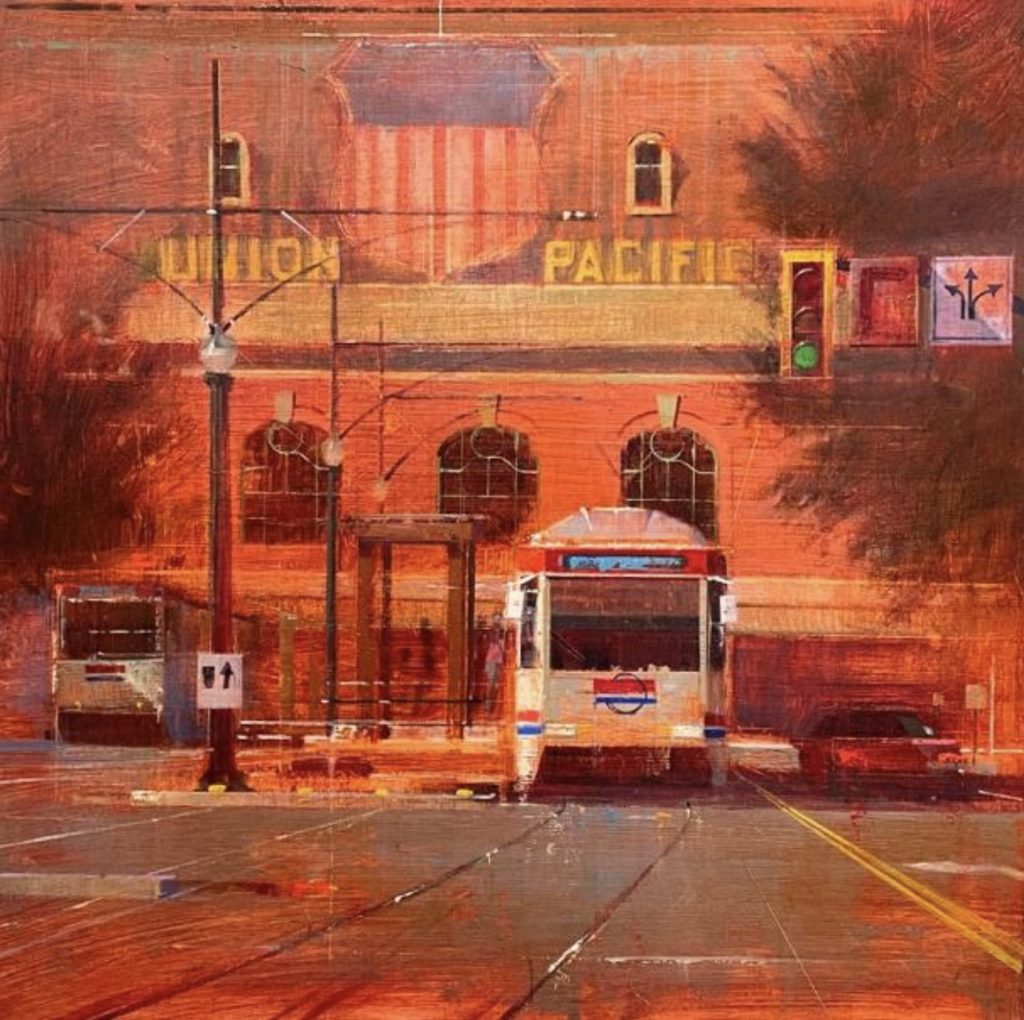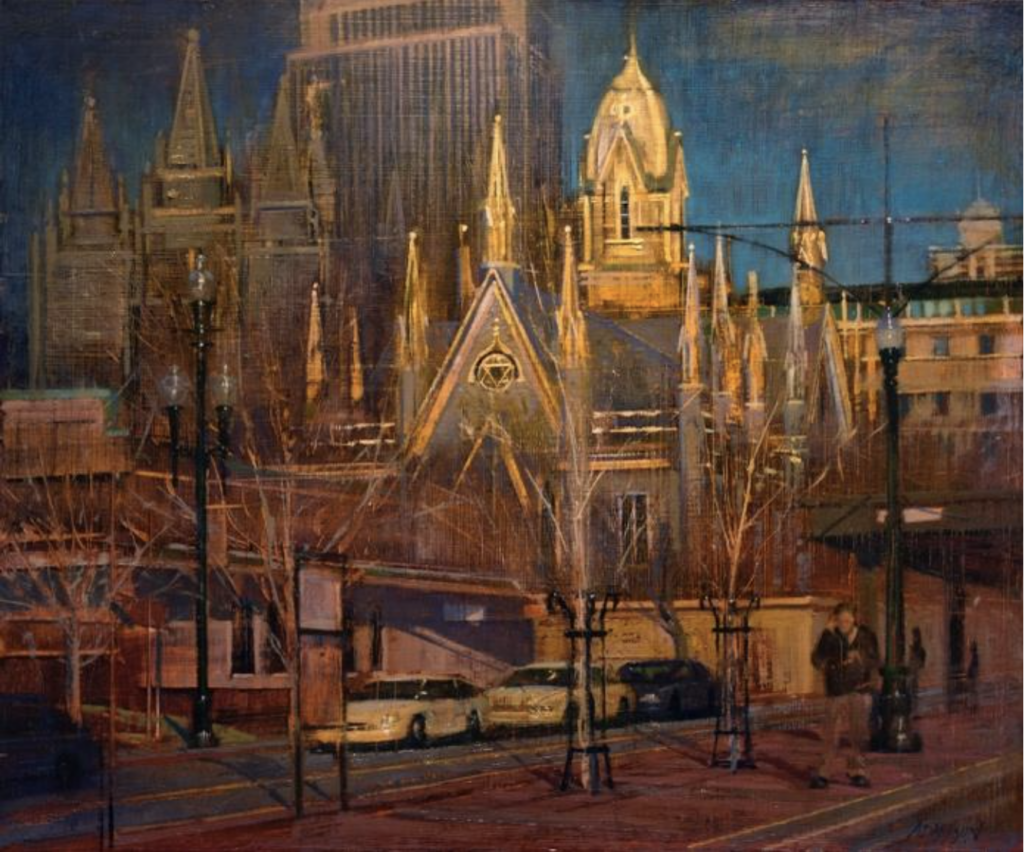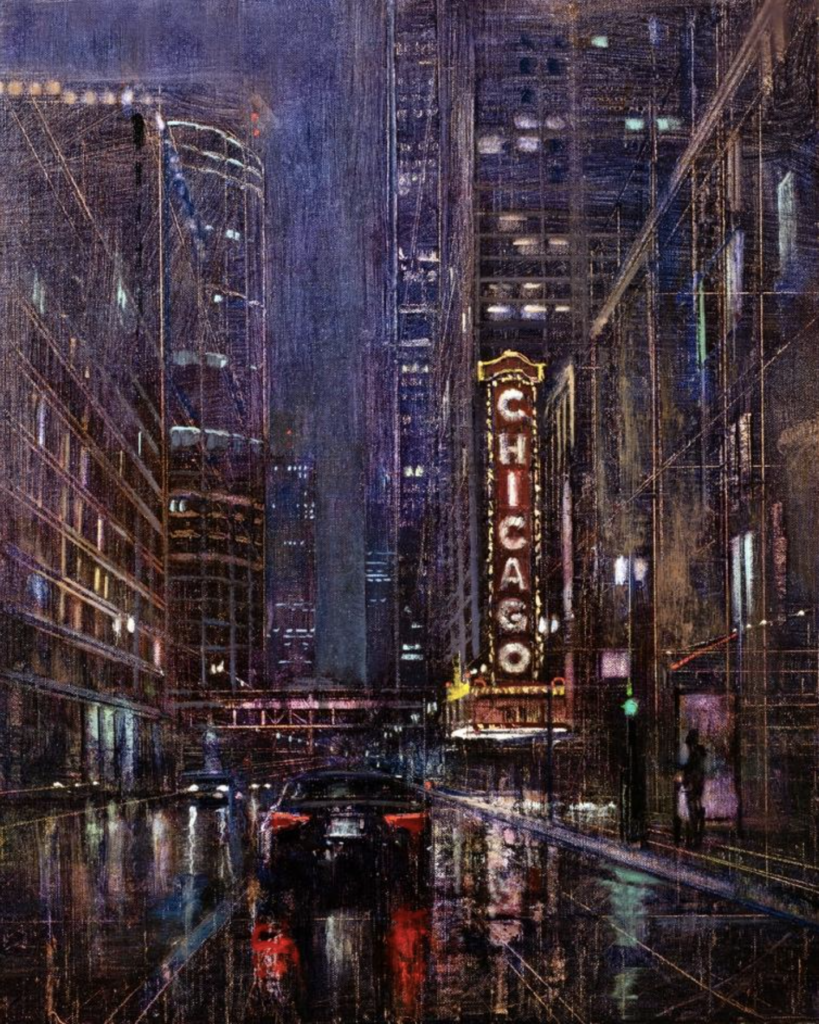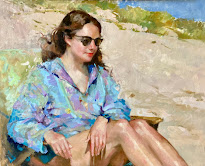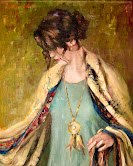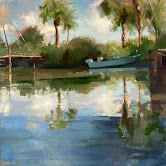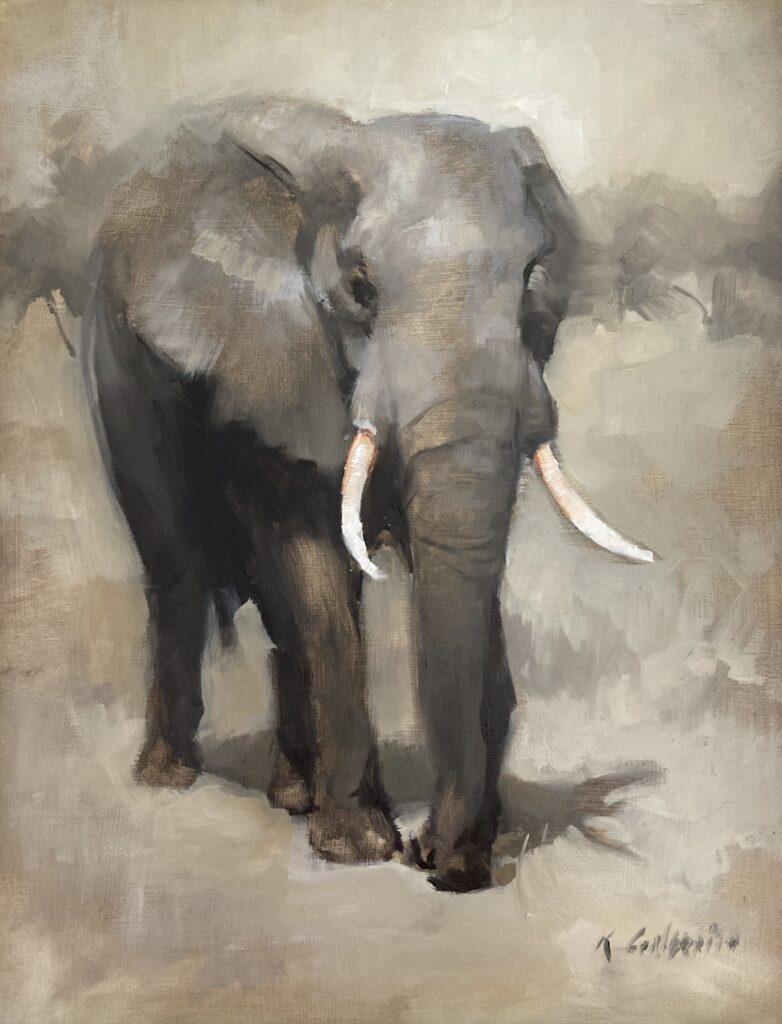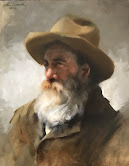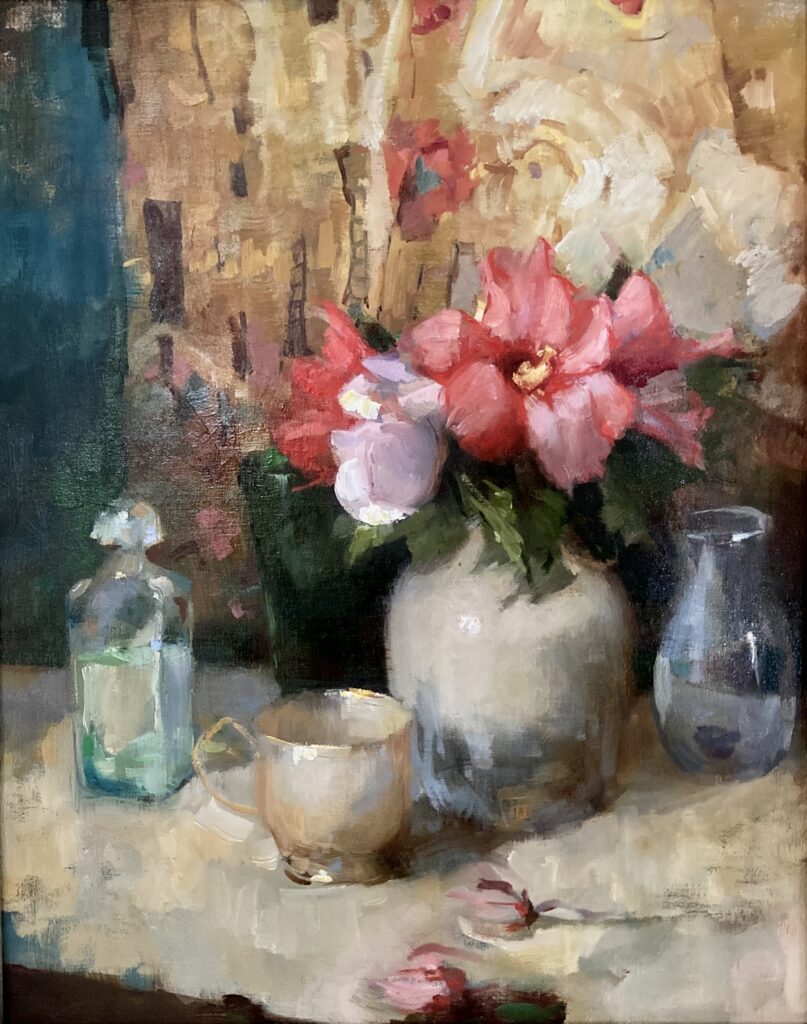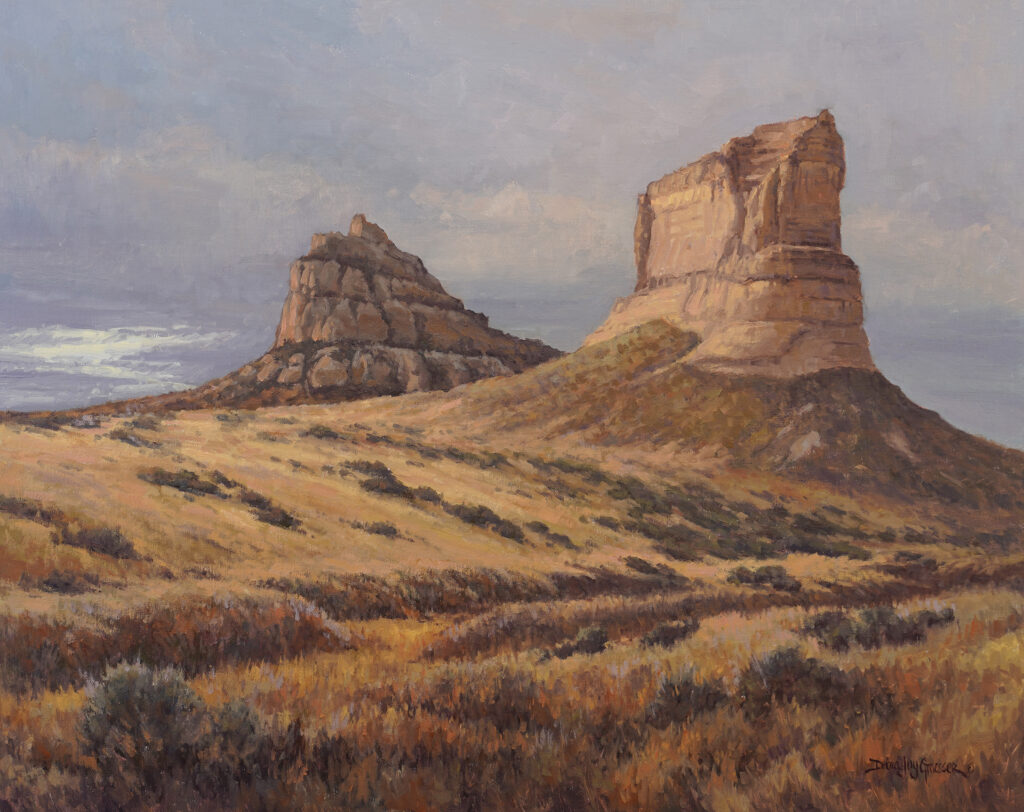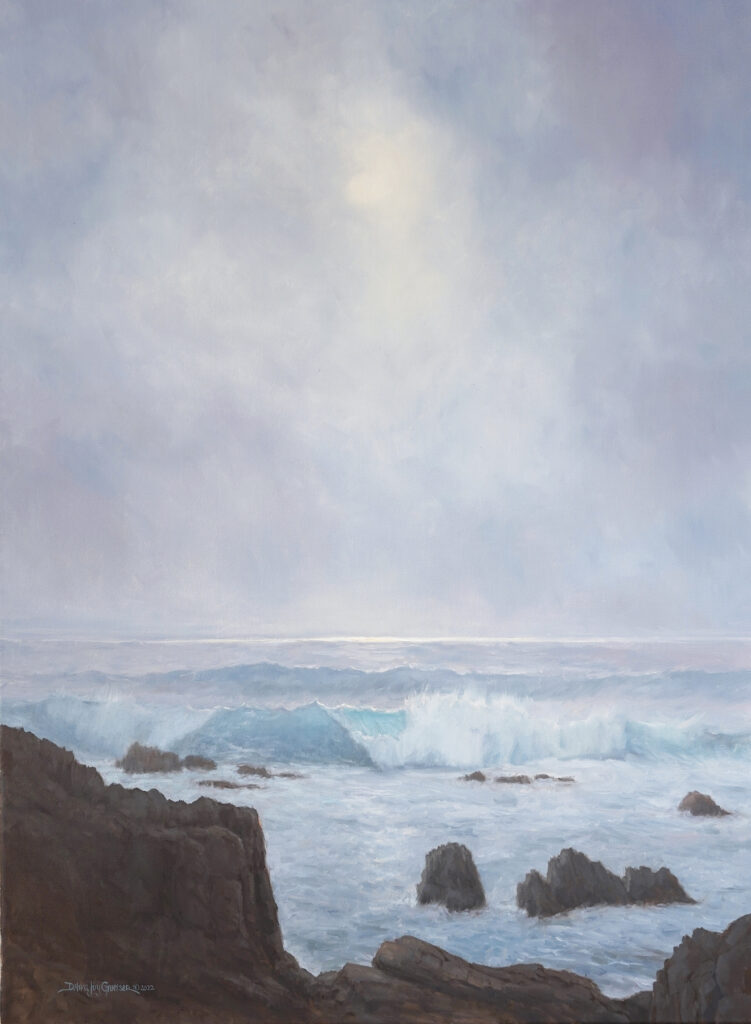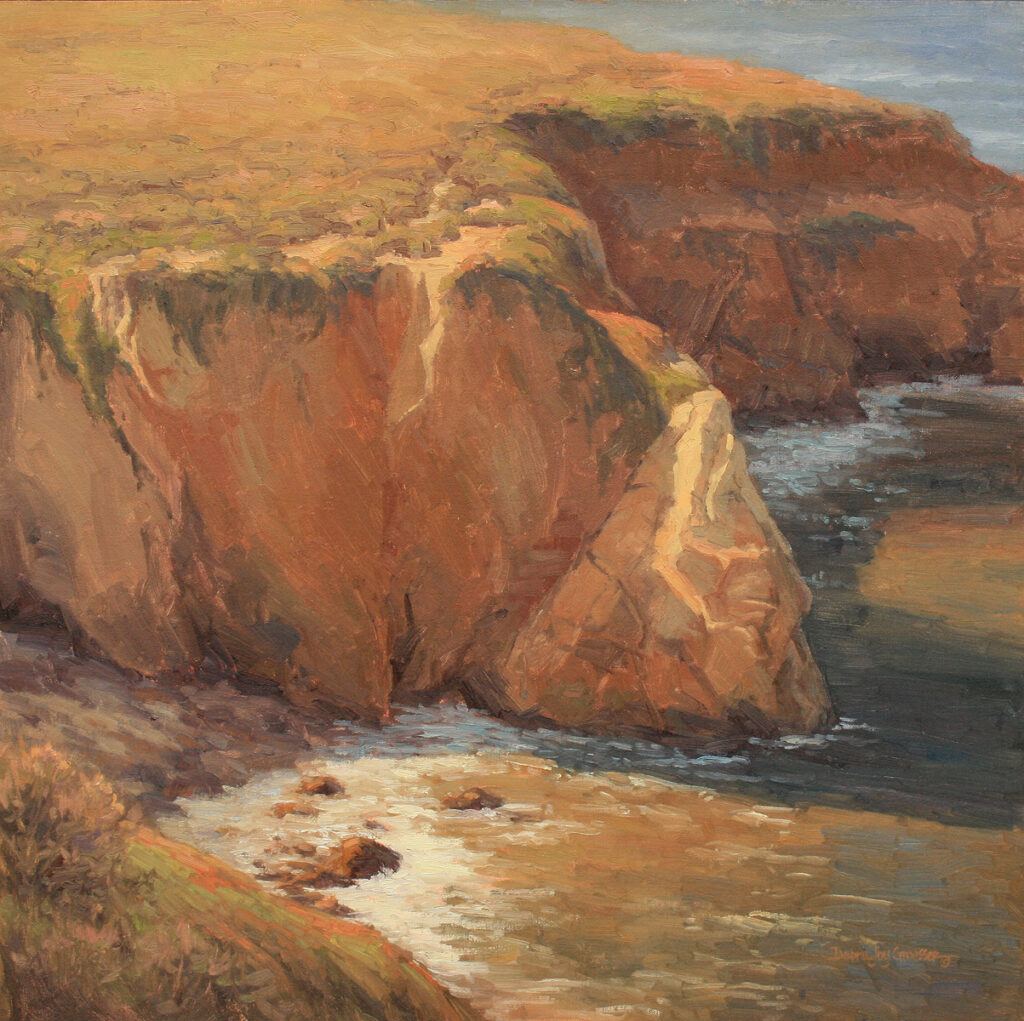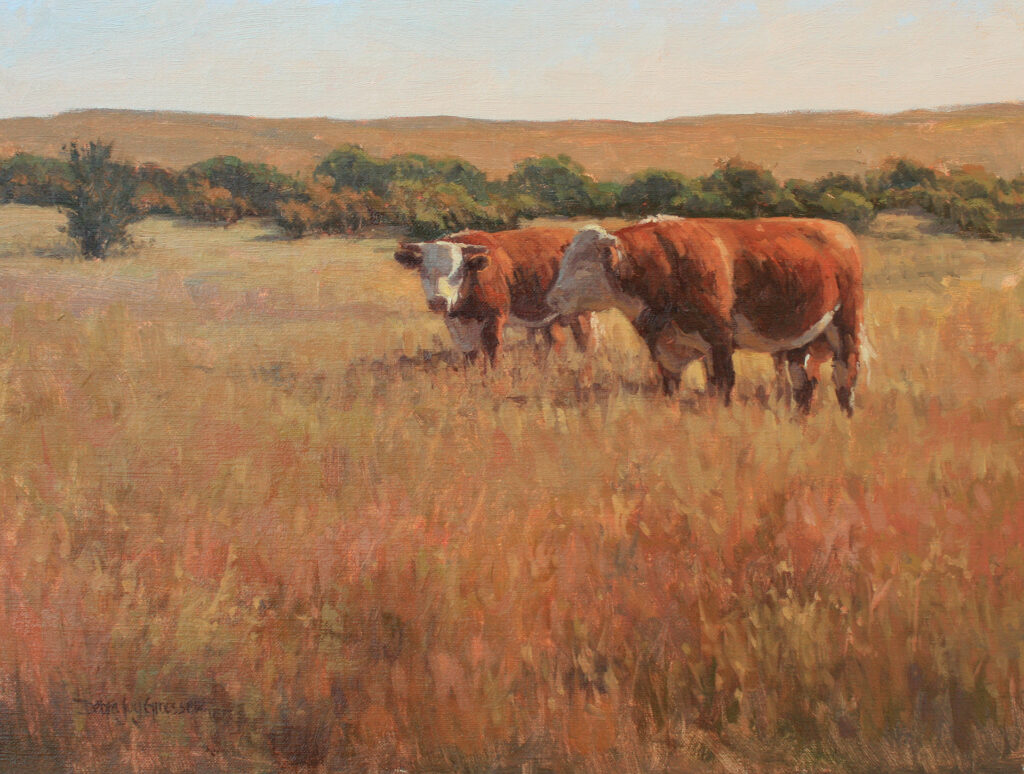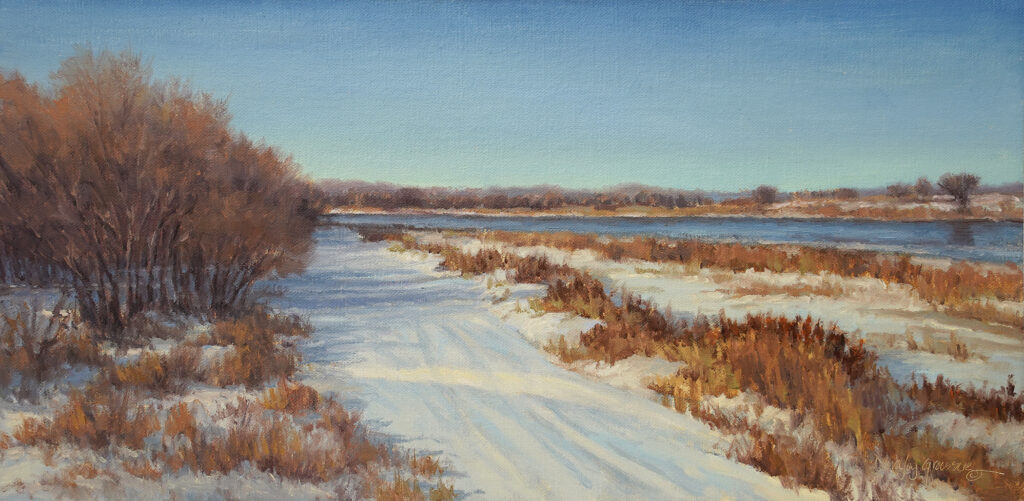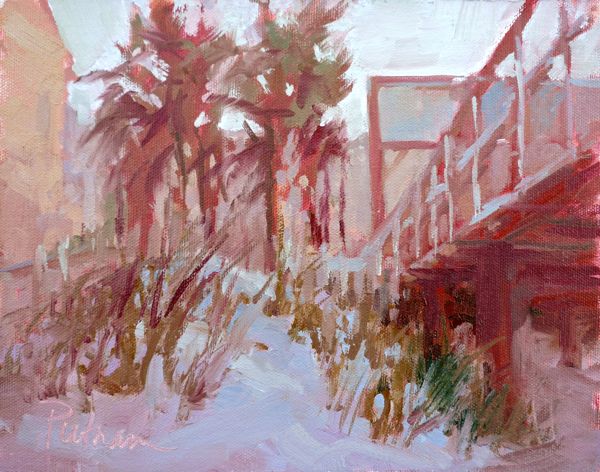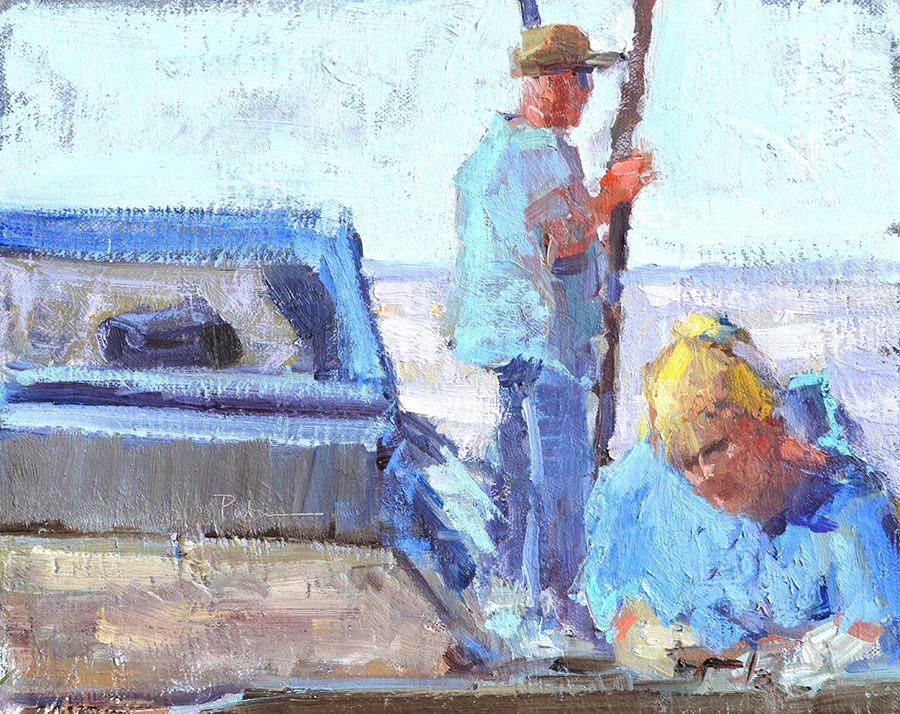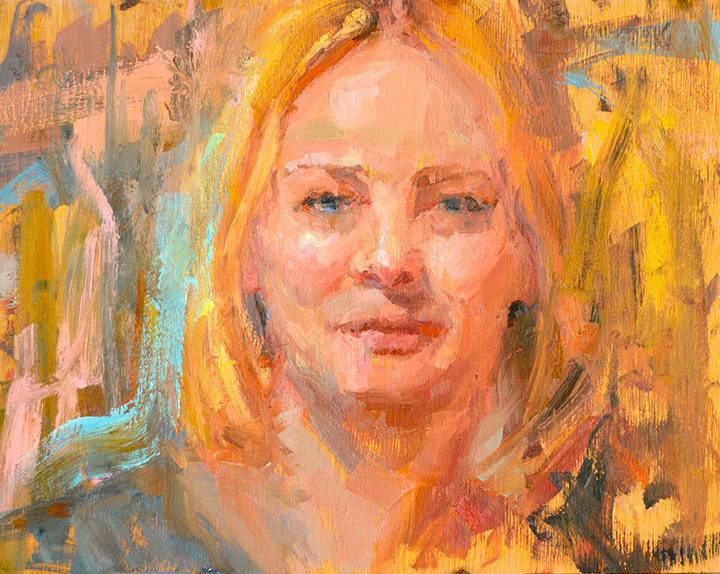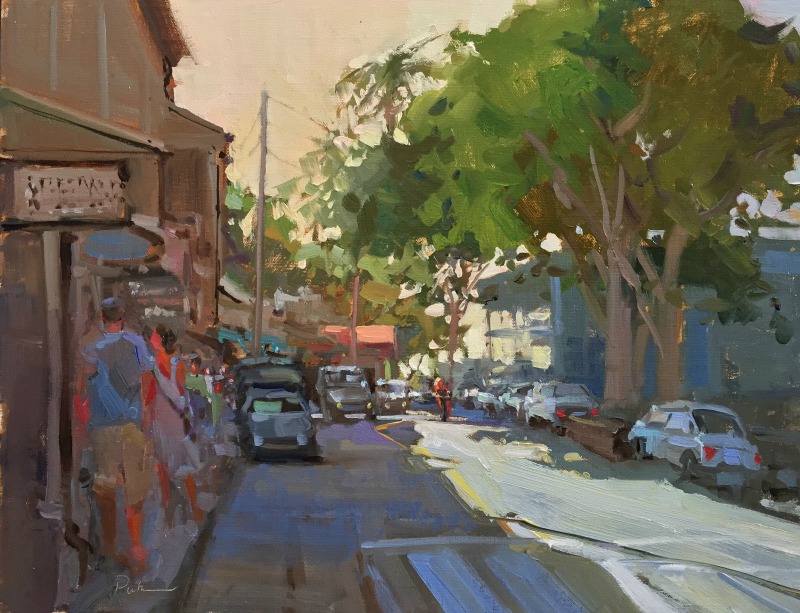It was an amazing thing to be accepted into the 2018 OPA National Exhibition in Steamboat Springs, CO. I couldn’t believe my eyes when the acceptance list came out and my name was on it!
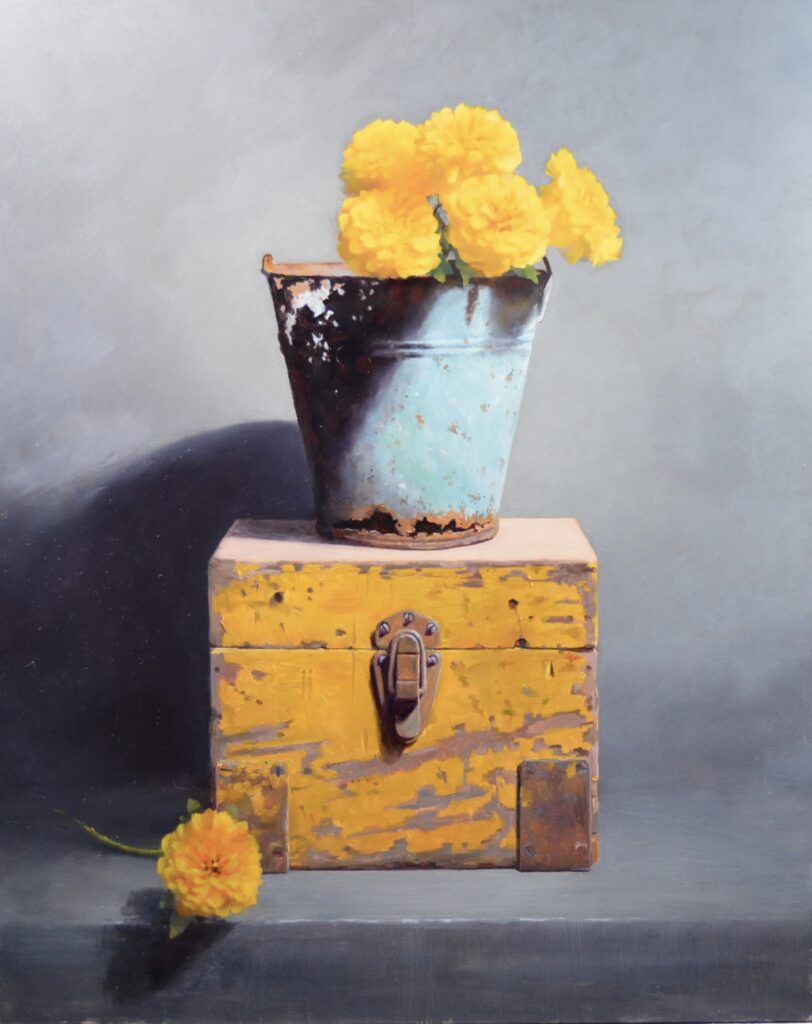
24″ x 18″ – Oil on panel
Many years earlier in the Northlight Studio at the Ridgewood Art Institute a fellow artist Sue Barasi passed me a handwritten note on a scrap of paper. “What to do to get better” it read across the top. Sue was my favorite painter in the class. Her paintings were terrific, I wanted to paint just like her. Sue was so nice to me when I first came to the Wednesday and Thursday oil painting classes. I had been oil painting for a year on my own and had become frustrated at the lack of progress. Through a series of happenstances, I came to the Wednesday-Thursday John Osborne oil painting class at The Ridgewood Art Institute in Northern, NJ. A great little town with tremendous character. Ridgewood could have been the stage for the movie “It’s A Wonderful Life”.
I had very little knowledge of the fine art world, having been working for the previous 21 years in the New York City Fire Department and running my own sign company. I knew I loved art and paintings however I didn’t know how much I didn’t know. Sue was very kind and must have realized early on that I was passionate about getting better. During class breaks I would walk over to her easel and look at how she blended colors and marveled at her ability to interpret what she saw in front of her into pure beauty on her canvas. Sue’s note read “Join other art organizations like Greenwich Art Society (I think that’s near you), visit museums and look at more good art, take workshops and classes from your favorite artists and join Oil Painters of America! Most of all show up, paint, paint and paint.” I still have her note and pass along her sage advice to younger painters whenever I can.
I decided to overcome my fear of travel, mostly flying, and attend the OPA National Convention in Steamboat Springs. This was a big hurdle for me as I had decided after working for over one month at the devastating site of the World Trade Center Collapse I wouldn’t be boarding an airplane any time soon. After seventeen years the time had come to travel. My wife Diane encouraged me to attend and together we invited our mostly grown children to join us. We landed in Denver and drove the 4 hours to Steamboat taking in the beautiful vistas and the awe-inspiring Rockies.
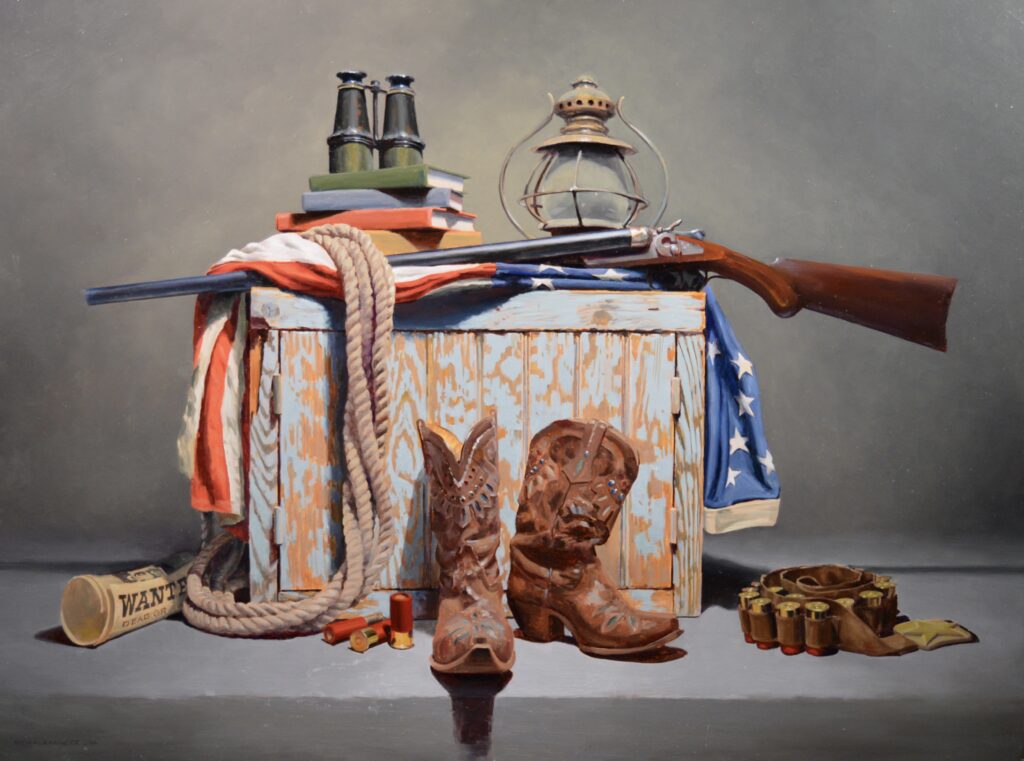
18″ X 24″ – Oil on panel
When we got to Steamboat and settled into the beautiful Steamboat Grand Hotel I split from the group and looked for places to paint. I wanted to compete in the OPA Wet Paint Competition. I settled on a ranch just west of town and met two of the nicest people you can imagine. Mike and his wife Maureen owned a big cattle ranch just outside Steamboat. I asked for permission to paint on their property, and they said yes. I think I painted there for three days and got to know them a little. Mike was the president of the Colorado Cattleman’s Association and Maureen was a national Champion Skeet and Trap Shooter. Maureen owned and operated a trap shooting course across the street from where I was painting and I took the family there after I turned in my wet painting for the Wet Paint Competition. We drove around what was like an 18-hole golf course on golf carts fitted with racks to hold our shot guns in the back. When we got to a new station you would get set up and press a key fob which would release the clay into the air which you then would shoot at, each taking a turn at mostly missing. The surrounding mountains and fields were breathtakingly beautiful.
I attended classes and lectures all week and loved learning new things from new people. When the end of the day would come or sometimes between classes or lecture, I would try to meet with my family at the pool or wherever they were. I felt at times I was neglecting them due to all the running around and learning I was doing. However when we met up they would tell me of all the high adventure they had while I was gone. I was overjoyed to hear how much fun they were having. We were making lifelong memories and friends as well. The parties we attended during the evenings and dinners with other artists were some of the best times we’ve had.
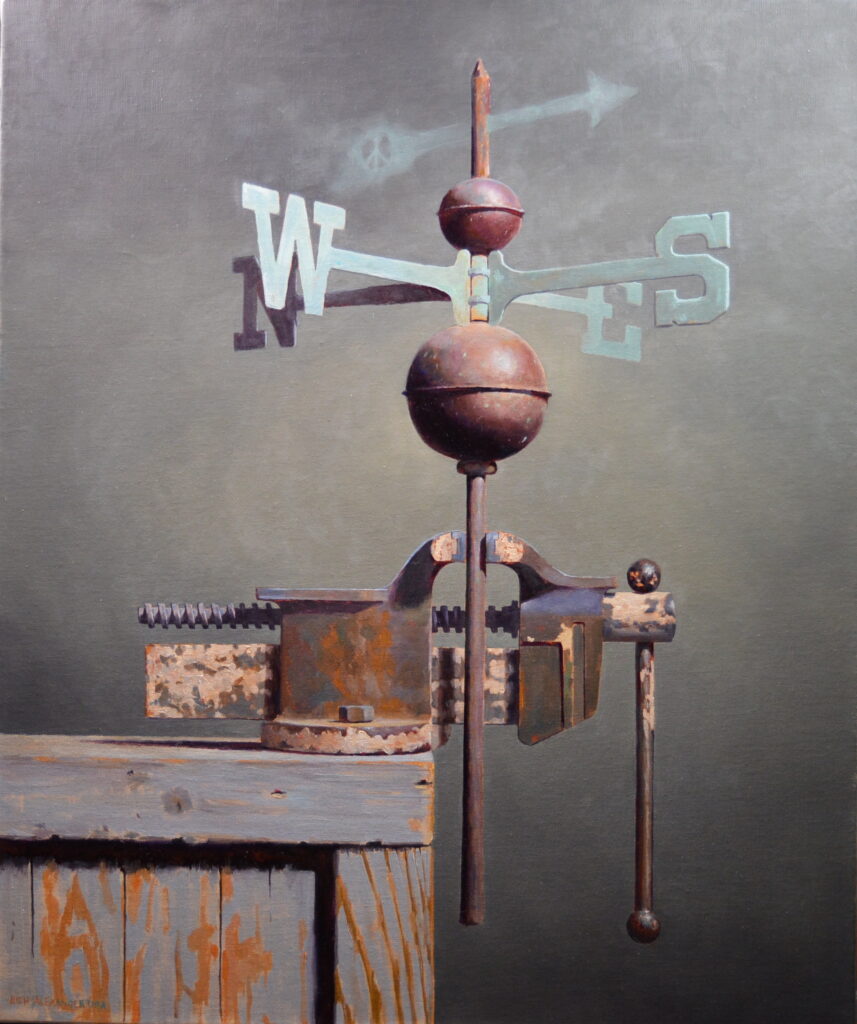
24″ x 18″ – Oil on panel
The night of the big art opening at The Steamboat Art Museum we decided to get there early so we would be able to view all the paintings before the crowds got there and really try to take them in. I told my family “Let’s go to the opening early, then scoot out for a nice dinner together.” I didn’t plan on attending the awards ceremony since there was no reason for me to go and I knew I had not spent as much time with my family as I would have liked. We looked at the art and when the museum became very full the 7 of us slipped out onto Lincoln Avenue. We stood on the sidewalk in front of The Steamboat Art Museum and then decided to take a quick look at Wild Horse Gallery right across the street. I had been thru the gallery earlier in the week and wanted the gang to see the incredibly high caliber art there before we went to dinner. We walked in and I was delighted to see Mike and Maureen the ranchers I had met. They were looking at paintings too. I introduced them to my wife and family and we chatted up a storm. Richard Galusha the co-owner of the gallery walked by and the four of us began chatting with him. After a while Richard asked me what I was doing in Steamboat and I told him my art story. I had come because I got a painting in the show across the street and it was such an honor my entire family flew out to take it all in. I told him we had seen the show across the street and were now headed out to dinner. He looked at me funny and asked me ”what’s your name again?” After that he walked to the back of the gallery opened a desk drawer and took a piece of paper out and read it. He then walked back up to our group and looked me in the eye and said “If I was you I’d go to the awards ceremony” I was shocked to say the least. I couldn’t believe what he had said and that we now had to go to the awards ceremony. We went and I won an Award of Excellence in the Wet Paint Competition. That was one of the best feelings I’ve had, to be honored with an award and be on stage with great artists I looked up to. I never expected that.
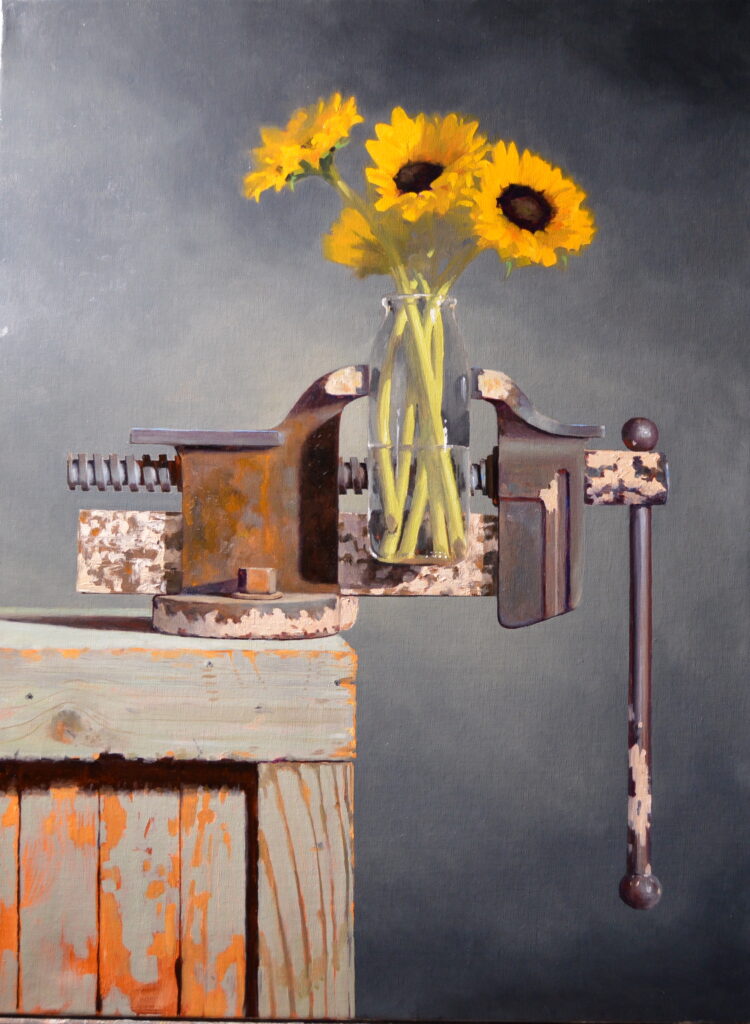
24″ x 18″ – Oil on panel
I’ve often thought about my transition from firefighting to art and have to say it’s been a great one with a lot of similarities. During my years running in and out of burning buildings and living for 24 hours at a time with fellow fire fighters we formed tight friendships that have lasted many, many years. There was something very special about what we did back then. Together as a group we were able to accomplish great things. Although it’s not likely a building or ceiling will fall on my head while I’m painting, I have a new family of friends I can count on who have helped me along on this wonderful new journey.

